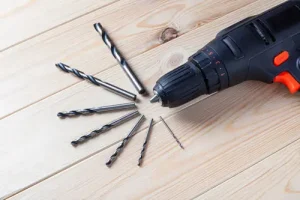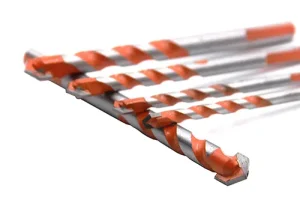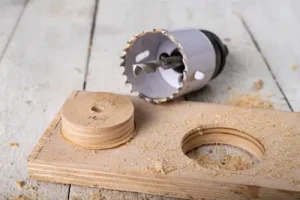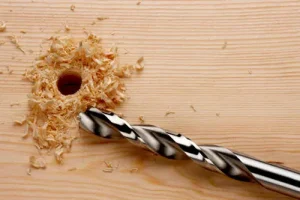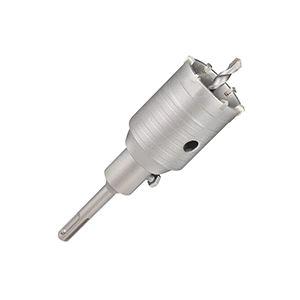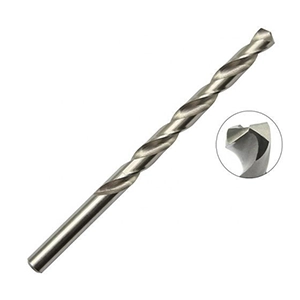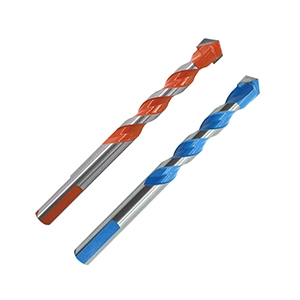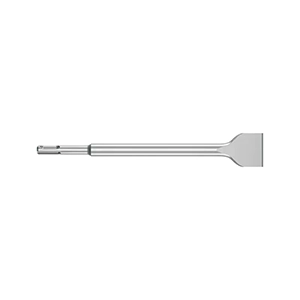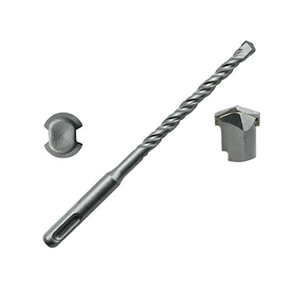The Differences Between Flat Chisels and Pointed Chisels: A Comprehensive Guide
Chisels are essential hand tools used in various industries such as construction, woodworking, metalworking, and masonry. Among the many types of chisels, flat chisels and pointed chisels stand out due to their specific designs and unique applications.
Understanding the differences between these two types is crucial for selecting the right tool for the job and achieving optimal results. This guide delves into what makes flat chisels and pointed chisels distinct, exploring their features, uses, advantages, and ideal applications.
1. Overview of Chisel Types
Flat Chisel: A flat chisel, as the name suggests, has a broad, flat blade with a sharp cutting edge. It is primarily designed for cutting, shaping, and smoothing materials like metal, wood, and masonry. The cutting edge is typically straight and can vary in width depending on the intended use.
Pointed Chisel: A pointed chisel, in contrast, features a tapered tip that comes to a sharp point. This design is optimal for tasks requiring precision, such as starting a cut, creating channels, or breaking hard materials. Pointed chisels are commonly used in demolition work or for sculpting intricate designs in stone or concrete.
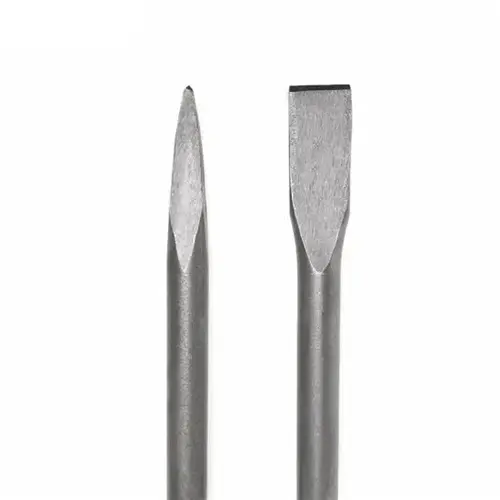
2. Key Differences Between Flat Chisels and Pointed Chisels
A. Design and Structure
- Flat Chisel: Has a wide, flat blade that tapers to a sharp, straight edge. The blade is attached to a sturdy handle, which may be made of wood, metal, or reinforced plastic for durability and better handling.
- Pointed Chisel: Tapers to a narrow, pointed tip designed for focused force. The body of the chisel is typically cylindrical or slightly hexagonal, enhancing grip and control during use.
B. Cutting Edge and Tip
- Flat Chisel: The straight cutting edge allows for clean, precise cuts and is ideal for chiseling out large areas or smoothing surfaces.
- Pointed Chisel: The pointed tip is perfect for initiating cuts or chiseling into hard materials. Its concentrated force at the tip makes it excellent for breaking up concrete or carving fine details.
C. Applications and Uses
- Flat Chisel: Used for removing layers of material, shaping, or smoothing out surfaces. In metalworking, it is employed for cutting sheet metal or removing rivets and welds. In woodworking, it is essential for tasks such as mortising or trimming excess material.
- Pointed Chisel: More suitable for demolition tasks, creating starter holes, and splitting or chipping away at concrete, stone, or masonry. It is a go-to tool for sculptors and stone workers when detailed, deep incisions are required.
3. Advantages and Disadvantages
A. Flat Chisel
Advantages:
- Versatility: Can be used on a variety of materials such as wood, metal, and masonry.
- Precision: The flat edge allows for smooth, straight cuts and fine adjustments.
- Wide Range of Sizes: Available in various widths, providing flexibility for different projects.
Disadvantages:
- Limited Depth: Not suitable for deep, concentrated chipping or breaking hard materials.
- Surface Restrictions: Works best on flat or slightly curved surfaces and may be less effective on rough or highly uneven surfaces.
B. Pointed Chisel
Advantages:
- High Impact Force: The sharp tip allows for easy penetration into hard surfaces.
- Ideal for Demolition: Perfect for breaking up tough materials like stone and concrete.
- Precision in Detail Work: Suitable for intricate sculpting and chipping.
Disadvantages:
- Less Versatile: Limited to applications where depth and initial impact are required.
- Not Ideal for Smoothing: The pointed tip cannot be used for flattening or smoothing surfaces.
4. Choosing the Right Chisel for Your Work
Flat Chisel: If your project involves smoothing or trimming large, flat surfaces or making long cuts, a flat chisel is the tool for the job. It provides the broad contact needed for even shaping and material removal. Carpenters, metalworkers, and DIY enthusiasts alike rely on flat chisels for various applications.
Pointed Chisel: For jobs that require breaking hard materials or making detailed, deep incisions, a pointed chisel is more appropriate. Construction workers often use pointed chisels for demolition tasks, while artists and sculptors choose them for intricate stonework.
5. Tips for Using Flat and Pointed Chisels Safely
- Wear Protective Gear: Always use safety goggles and gloves to prevent injury from flying debris or accidental slips.
- Use the Right Hammer: Ensure you pair your chisel with a compatible hammer for maximum effectiveness and safety.
- Secure the Workpiece: For better control, make sure the material you are working on is firmly secured to prevent slipping or shifting.
- Maintain Your Chisels: Regularly sharpen the blades of flat chisels and check the tips of pointed chisels for wear. A dull tool is not only less effective but also more dangerous to use.
6. Recommendations for Illustrative Images
To complement your article, consider the following types of images:
- Close-Up Photos: Show both flat chisels and pointed chisels, emphasizing their blade/tip designs and structural differences.
- Application Images: Include pictures of chisels in action, such as a flat chisel smoothing a wooden surface and a pointed chisel breaking concrete or stone.
- Comparison Charts: Visual side-by-side comparisons highlighting the uses and benefits of each type.
- Safety Gear Shots: Include images depicting proper safety gear being worn while using chisels.
Conclusion
Understanding the differences between flat chisels and pointed chisels is essential for selecting the right tool for specific projects. Flat chisels are versatile and perfect for precise cuts and surface smoothing, while pointed chisels excel in high-impact tasks requiring deep penetration and detail work. Choosing the appropriate chisel based on the task at hand can improve efficiency, safety, and overall results.
With this comprehensive guide, users can make informed decisions and apply their knowledge effectively, whether they’re involved in construction, woodworking, or artistic stone carving.
